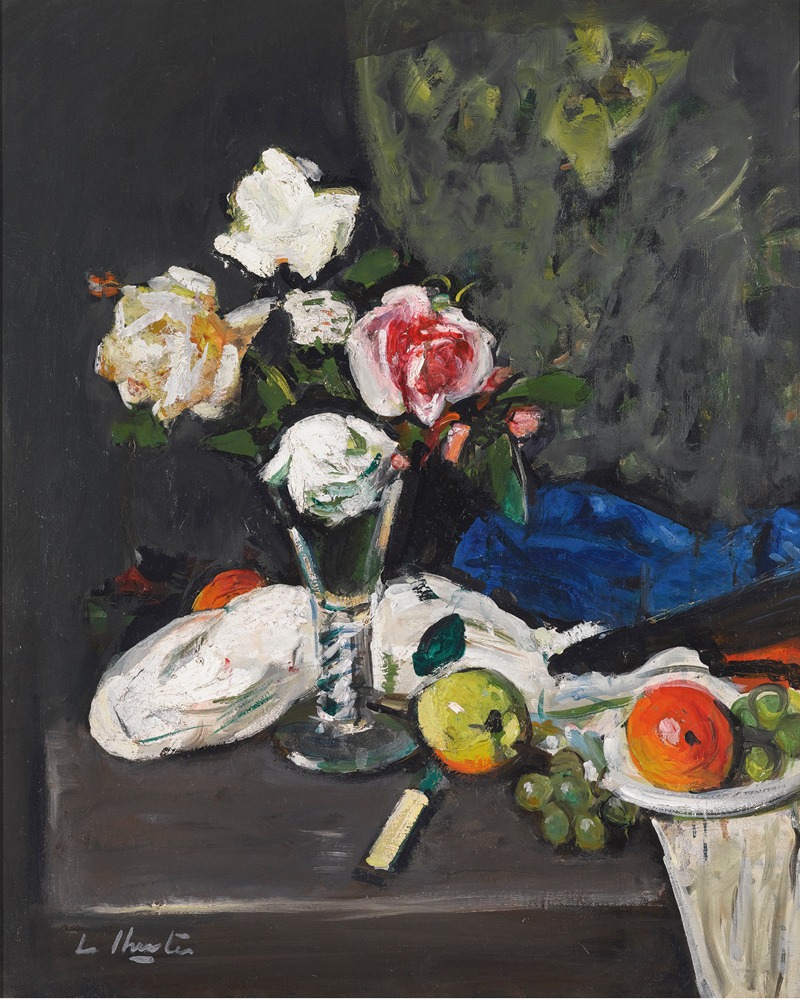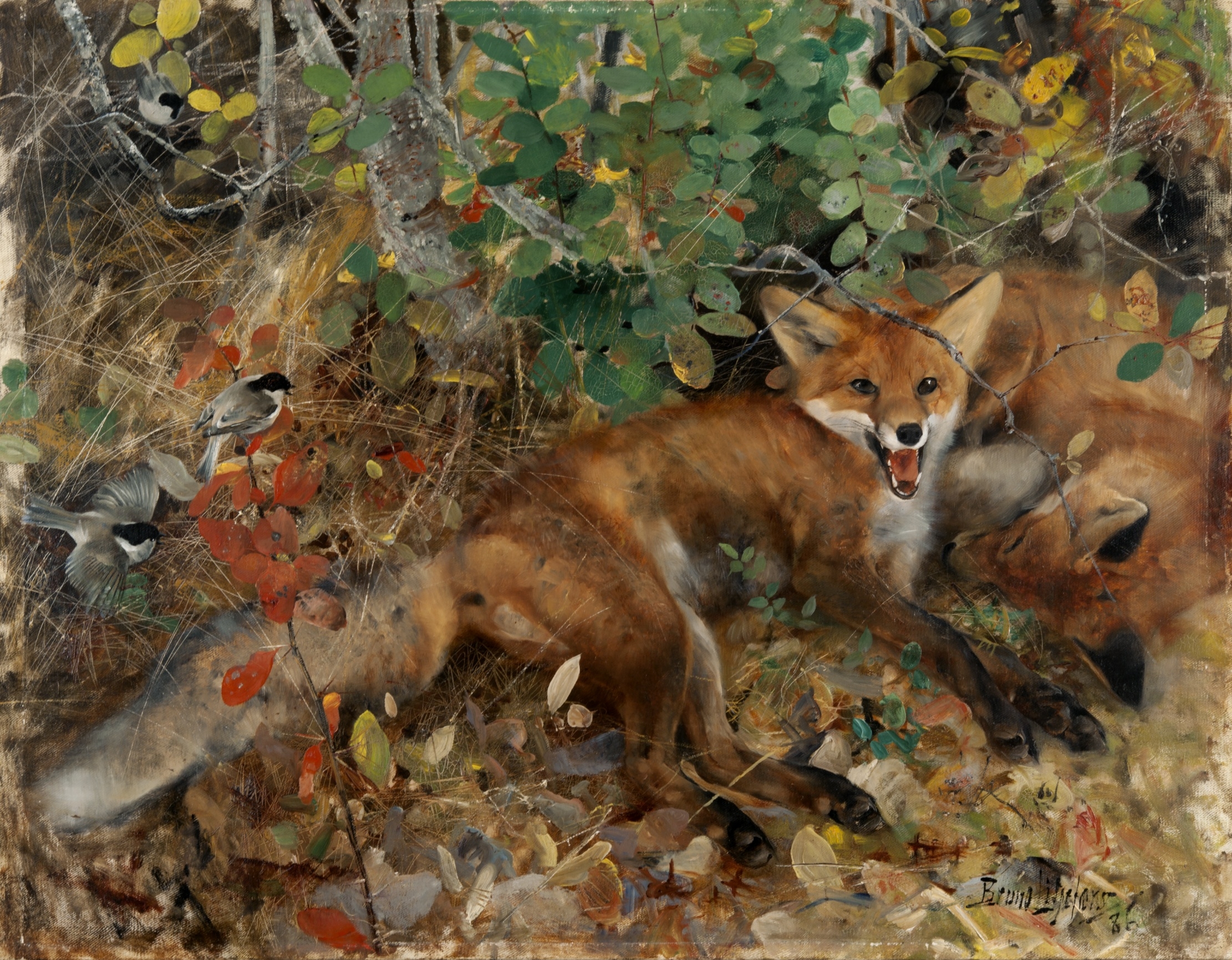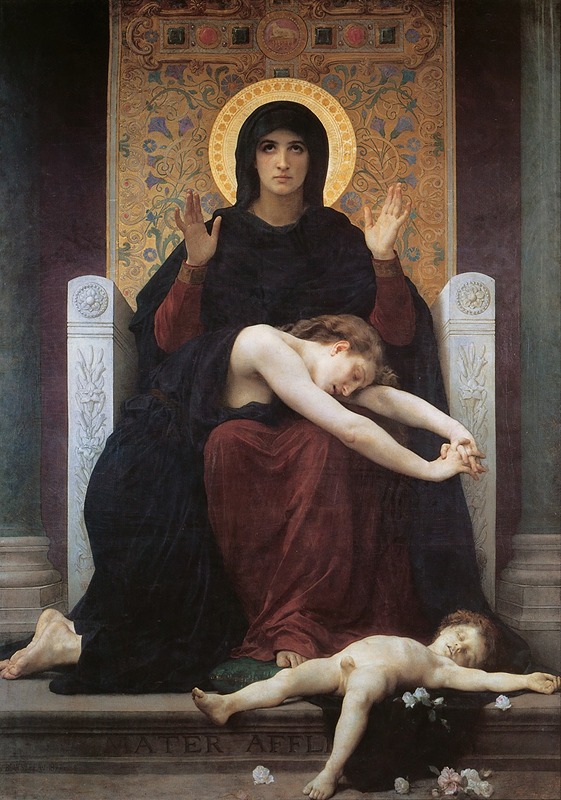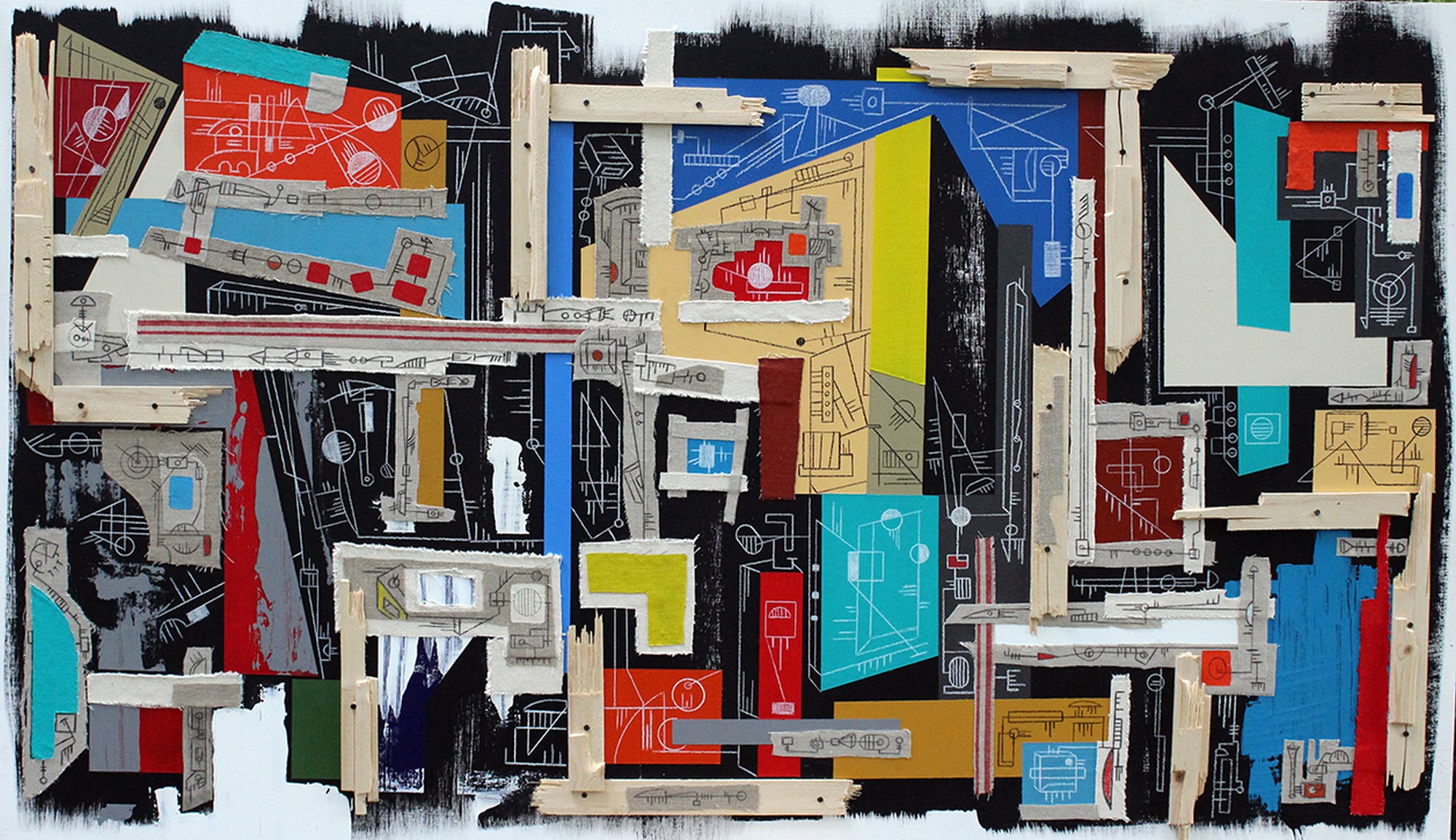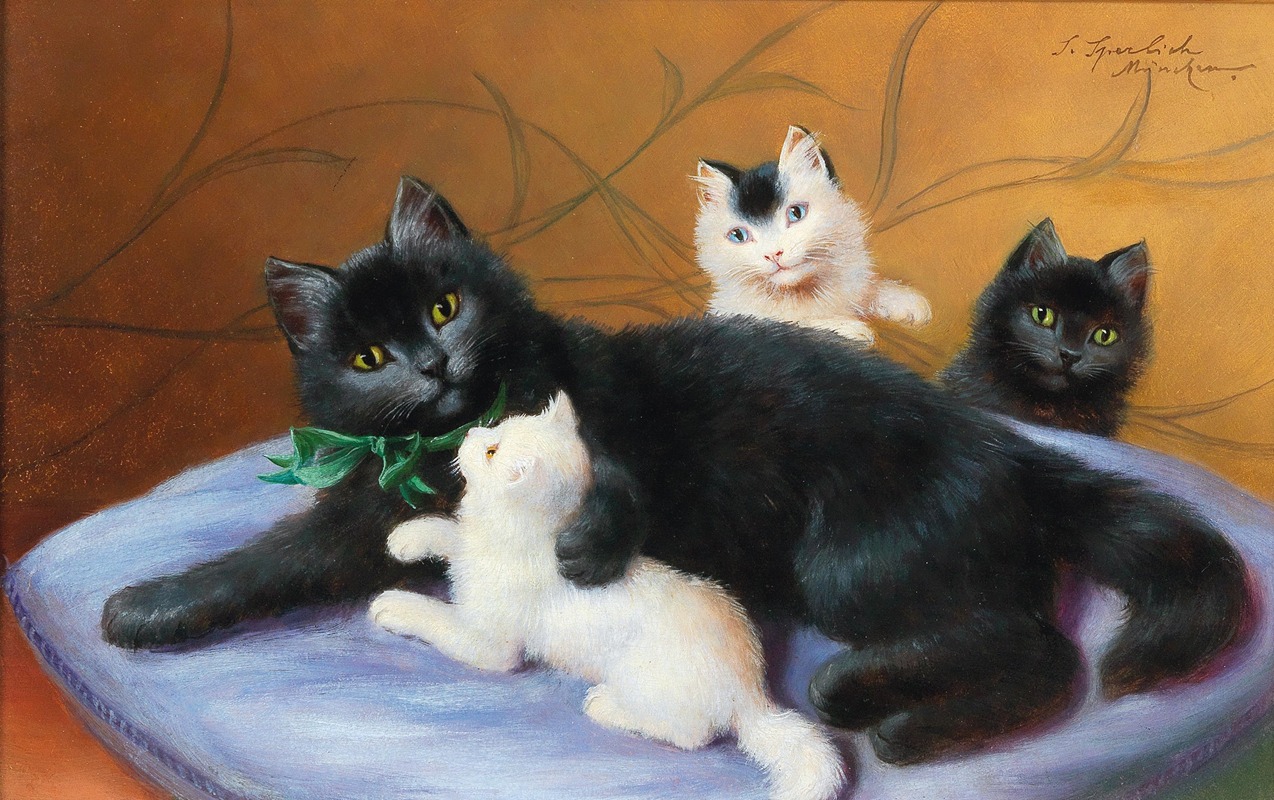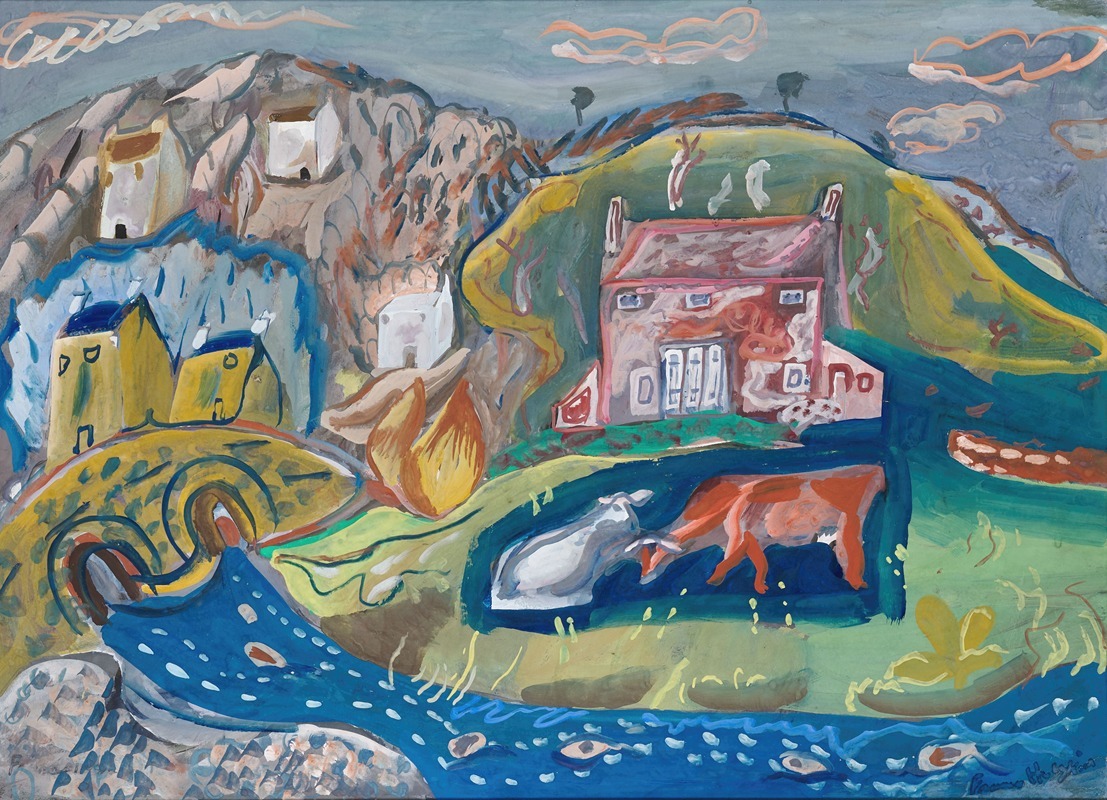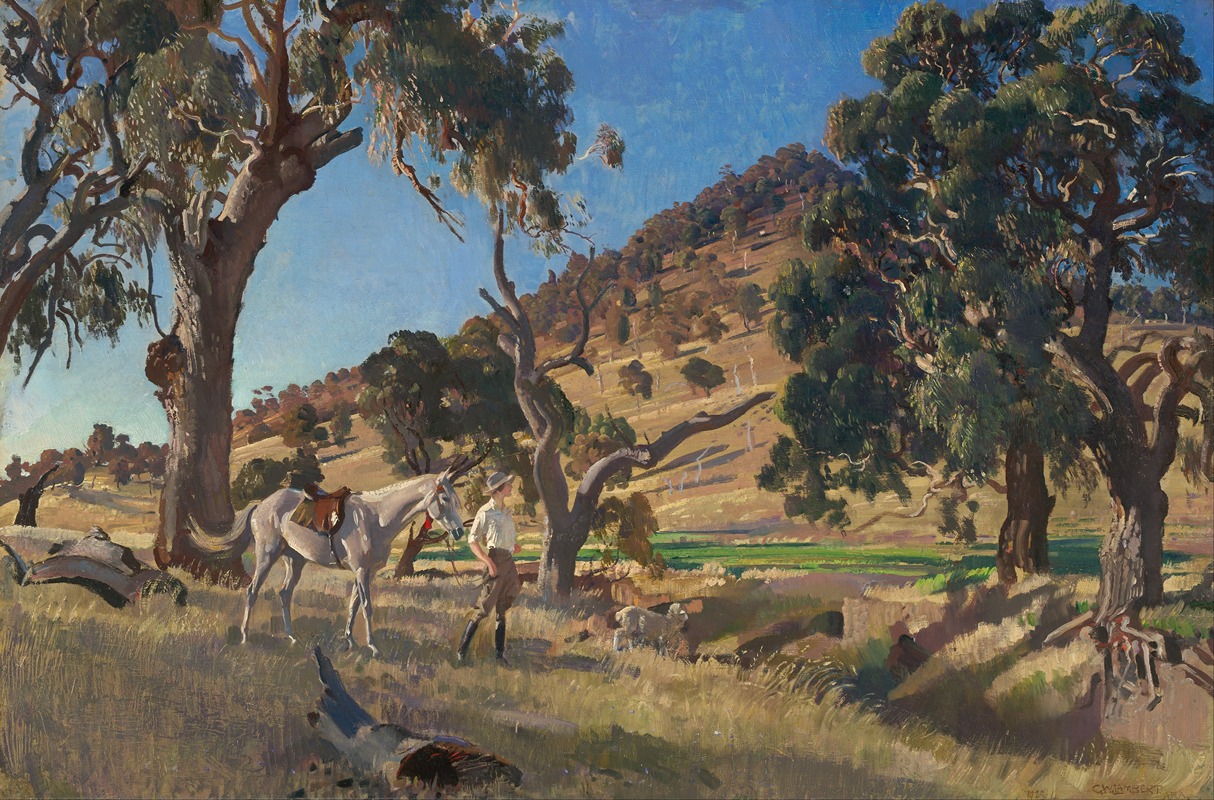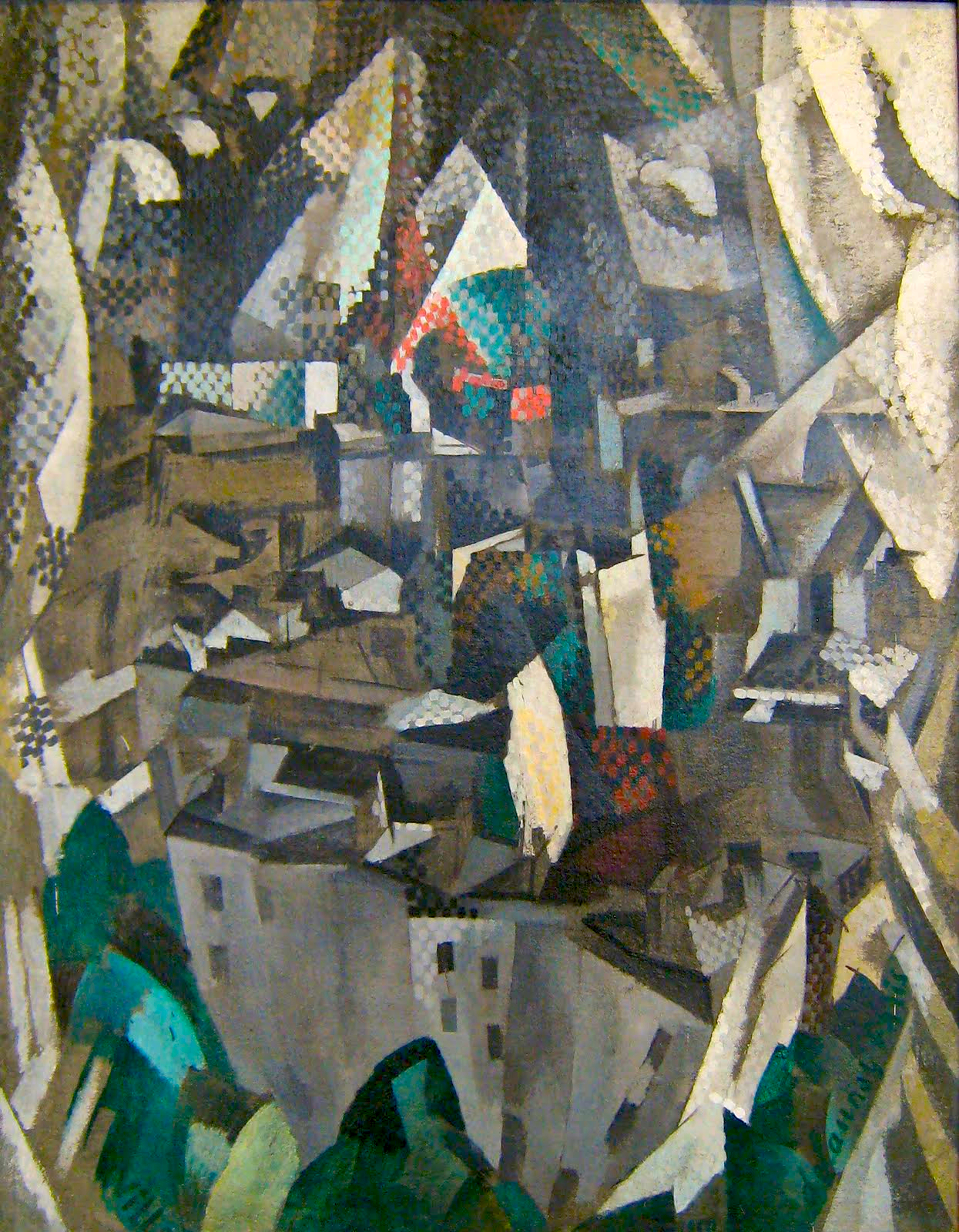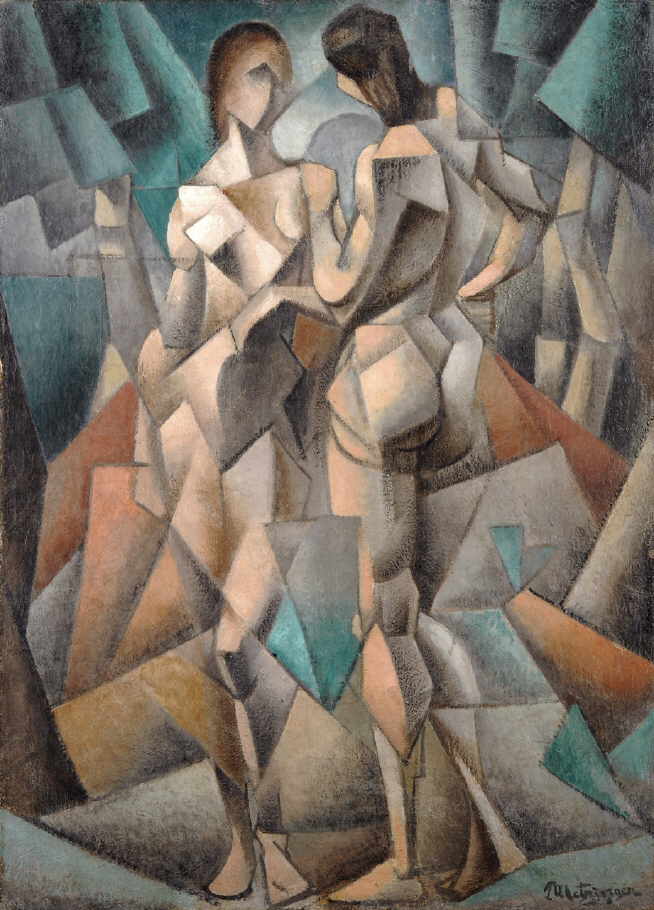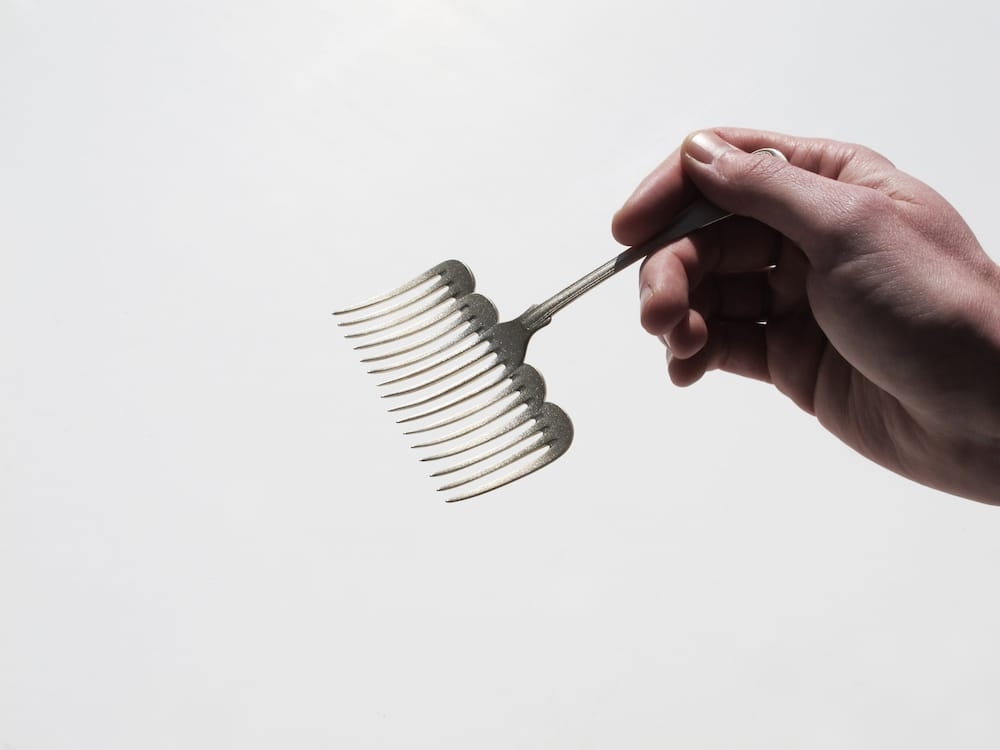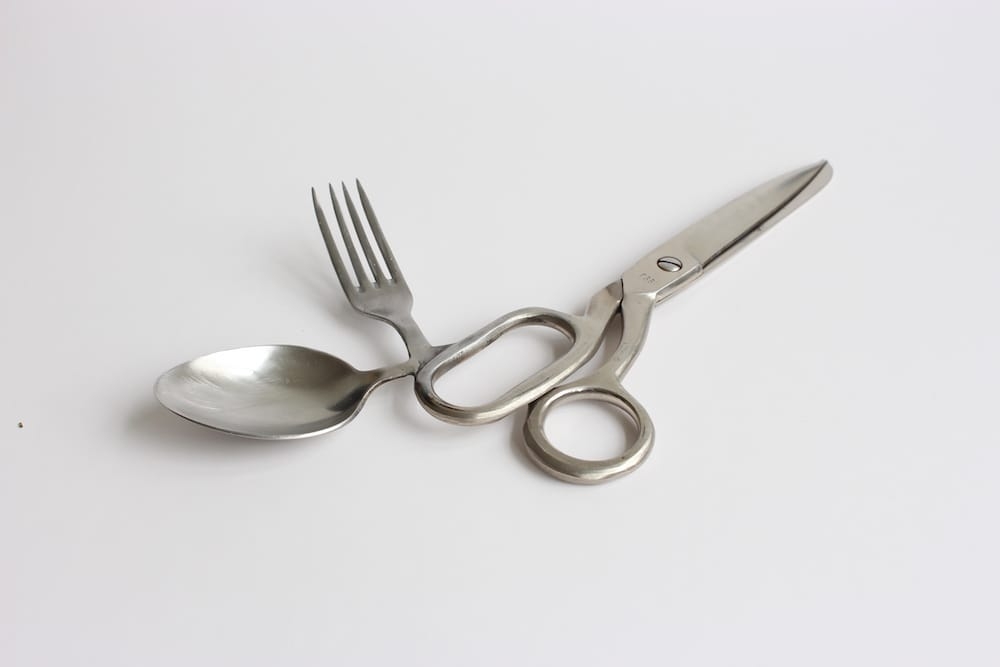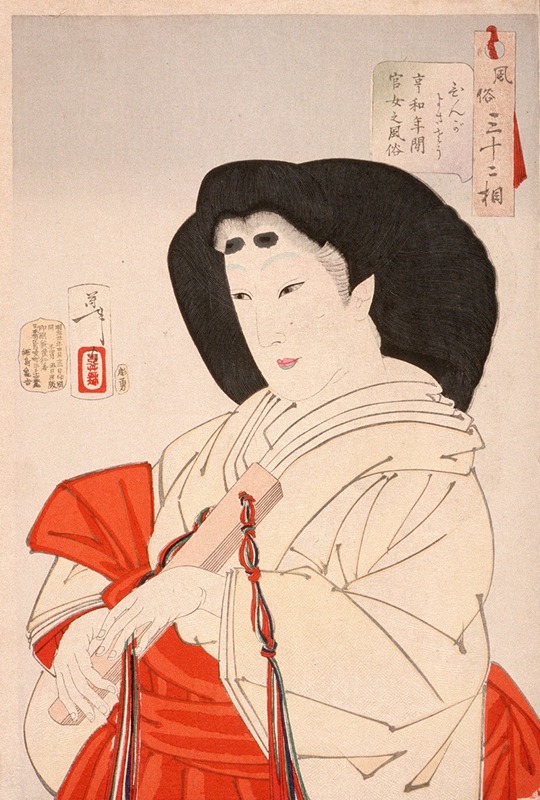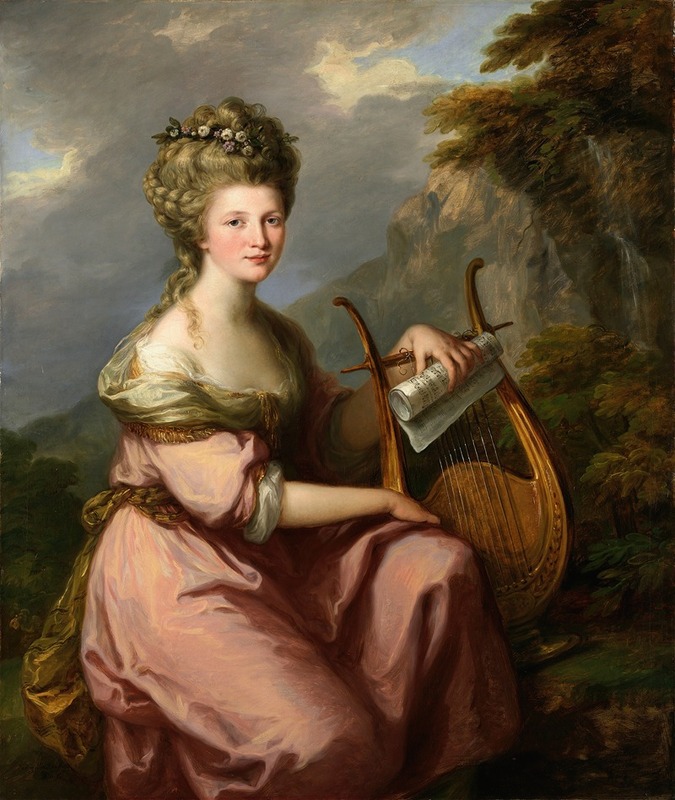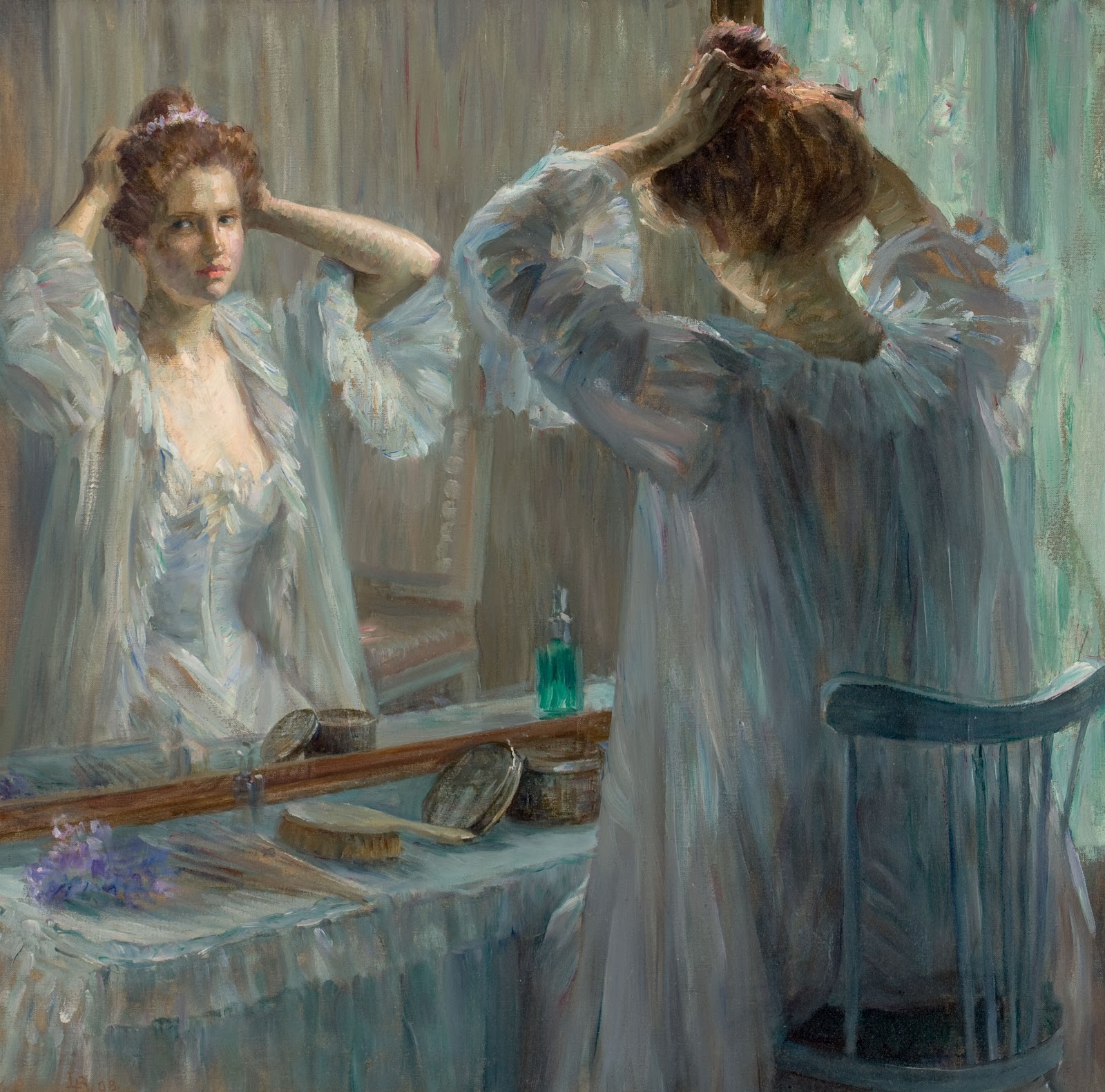artporn
4238 readers
1 users here now
Wander the gallery. Look at the art. Be polite. If you feel able please post some great art :)
founded 2 years ago
MODERATORS
1
2
3
4
5
6
7
8
9
10
11
12
13
14
15
16
17
1
Johannes Vermeer - Het melkmeisje | Oil on canvas | 1657–1658 (though estimates differ)
(discuss.tchncs.de)
18
19
20
21
22
23
24
25
view more: next ›
